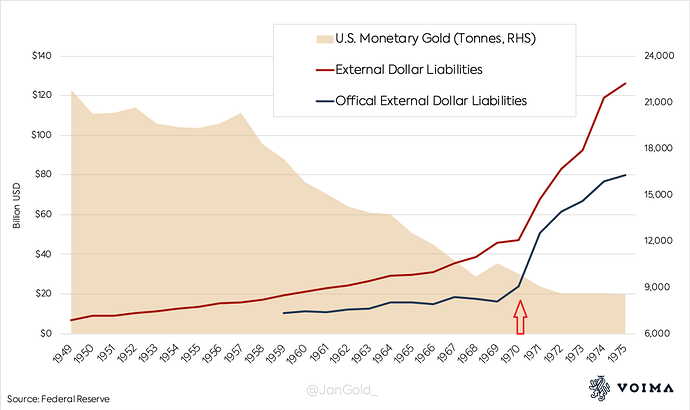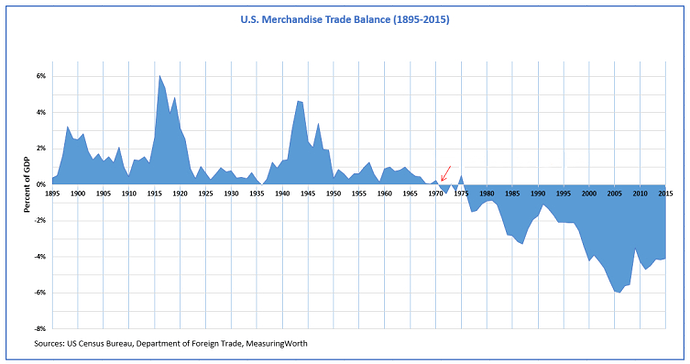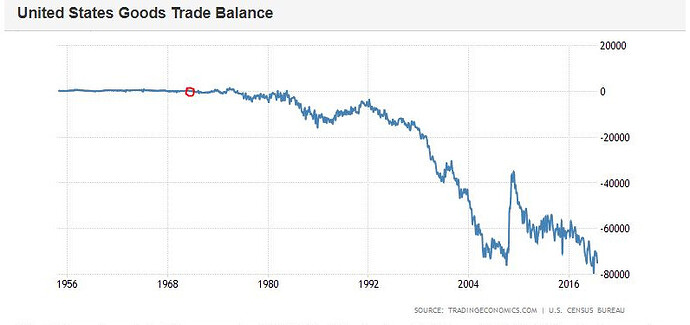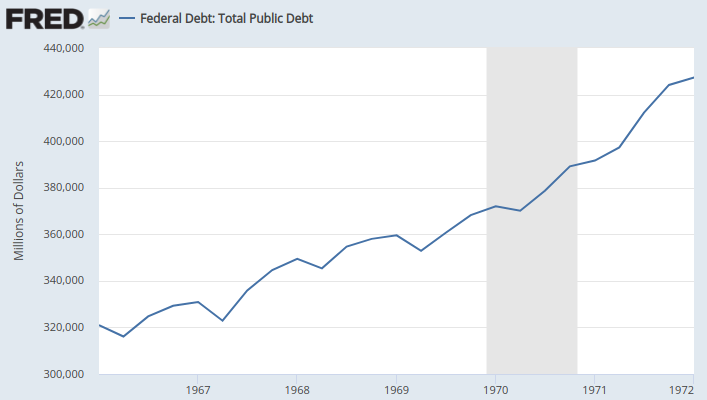I was highly impressed with Goodman & Soni’s biography of Claude Shannon, thereby raising the question of whether they had co-written any other books. Yes they had! “Rome’s Last Citizen: The Life & Legacy of Cato, Mortal Enemy of Caesar”, ISBN 978-0-312-68123-4, 366 pages (2012) – another excellent book.
Goodman & Soni appear to be denizens of the Far Left DC Swamp, but they managed to keep their politics out of their writing – with the exception of a very few brain-dead references to the totem “BCE”. Instead, the reader gets a rather even-handed fast-paced tale about an important character’s life during the breakdown of the Roman Republic. As they write in an introductory paragraph:
“Cato’s world was the Roman Republic, a state at the apex of its power, able to make foreign kings tremble with a single decree, and rotting from the inside out. Cato’s arena was the Senate, an awesome assemblage of gray-haired eminences, the symbol of Rome’s republican heritage, and a body crippled by personality politics, rigged elections, ritualized bribery, and sex scandals. Public life in the late Republic resembled a soap opera …”
Cato’s life spanned from 95 BC to 46 BC – 49 tumultuous years.
When he was 4 years old, Rome’s restive Italian allies revolted, leading to the Social War. When he was 13, Sulla marched on Rome and seized dictatorship. When he was 22, Spartacus launched a widespread slave revolt against Rome. During his later 20s, Mithridates waged an initially successful war to expel Rome from its provinces in the east. In his early 30s, Rome was rocked by Catiline’s conspiracy against the Republic. When he was 36, Caesar, Cato, and Pompey formed the Triumvirate which effectively sidelined republican government while maintaining its outward form. Following Caesar’s defeat of Vercingetorix in 52 BC which removed of the threat of invasion by the Gauls, and amid political chaos in Rome, Caesar crossed the Rubicon in 49 BC and marched on the city.
Cato was then 46 years old and a leading voice in the Senate, which appointed Pompey as dictator to save the Republic from Caesar. Pompey promptly abandoned Rome and built up an army on the far side of the Adriatic. Caesar and his army pursued Pompey, and – although seriously outnumbered – defeated him. Pompey fled to Egypt, where he was murdered.
Cato led a group of die-hard supporters of the old Republic to North Africa and set up in Utica, north of the Rome-destroyed city of Carthage. Caesar pursued them with a small army and – again outnumbered – defeated the republicans. Cato died painfully as a result of his subsequent horribly-botched attempted suicide.
Cato was a proponent of the Greek philosophy of Stoicism, through which he hoped to return Rome to its Republican roots – but it was already too late. The optimates (upper classes) which historically had competed for honor by serving Rome now competed only for personal wealth. To make near-term profits, they undermined the foundation of Rome’s power by replacing the Italian farmer/soldier with slave plantations. They treated with contempt the army veterans who had brought them their wealth.
Cato tried to set an example by eliminating corruption while he held office and marching alongside his men when he held military command – but his fellow optimates preferred business as usual.
This is an excellent & thought-provoking history about a man vainly trying to reverse overwhelming forces of decline.



